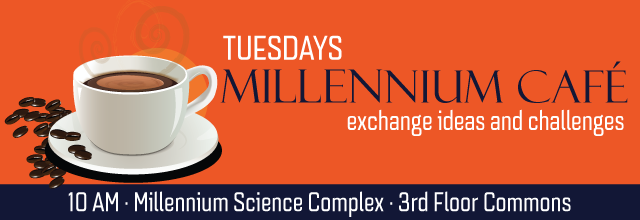The built environment impacts nearly every area of our lives, from the air we breathe and the natural light we enjoy to the resources we consume and the spaces we inhabit. However, the future of real estate faces significant challenges in adapting to the demands of a rapidly changing world including growing energy demands, extreme weather events, urbanization, resource scarcity, and the need for resilient infrastructure. The Cocoziello Institute of Real Estate Innovation was developed to bring together diverse faculty across the university and leverage, integrate, and expand interdisciplinary research to solve real estate’s most pressing challenges. Learn more about how our faculty are developing and integrating cutting-edge technology to revolutionize the future of real estate, creating healthier, more resilient communities through cross-disciplinary collaboration and find ways to engage.
Scarlett R. Miller Director, Cocoziello Institute of Real Estate Innovation Paul Morrow Professor of Engineering Design and Manufacturing

